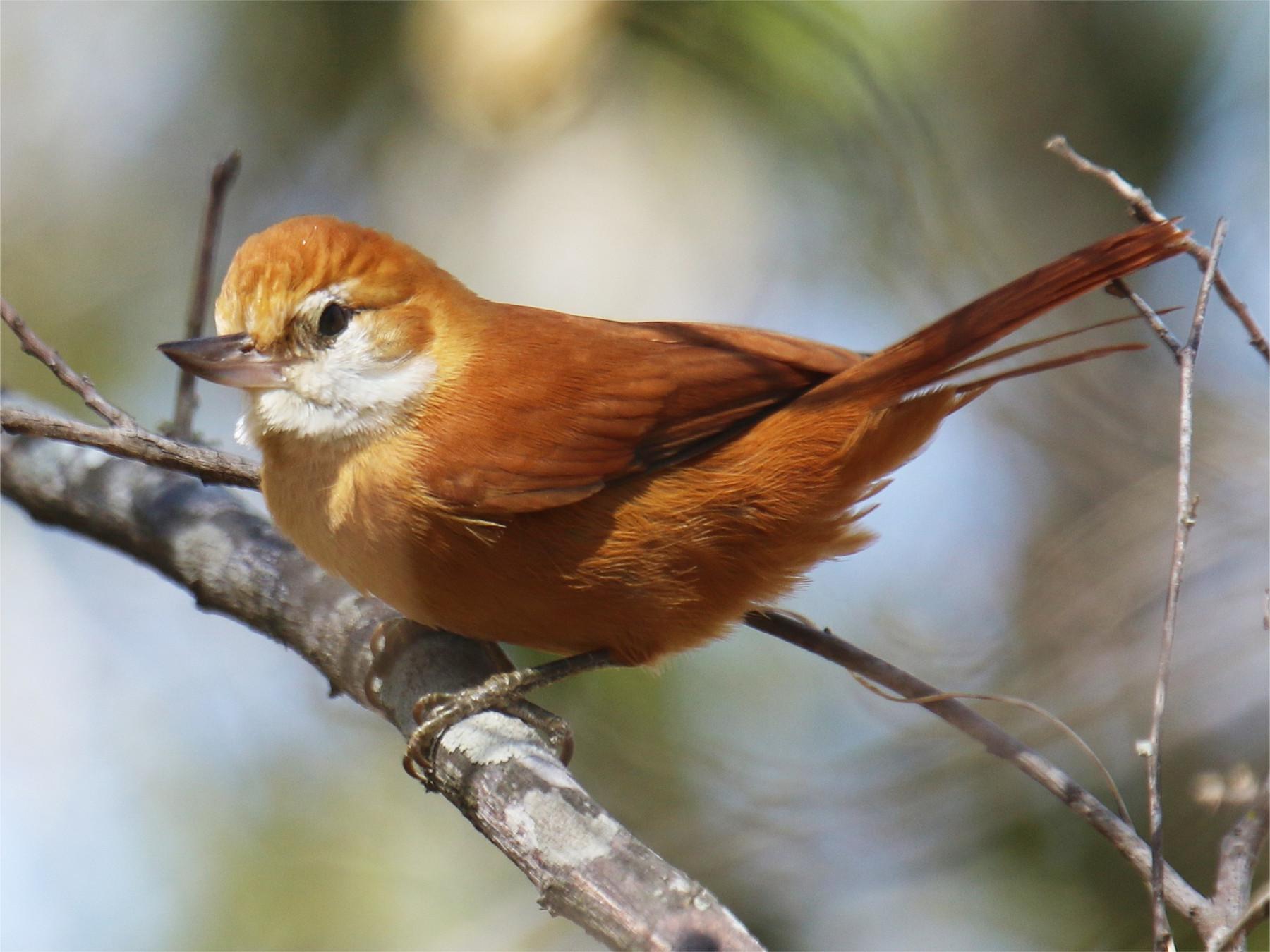
What is a Xenops? A Xenops is a small bird found in the tropical forests of Central and South America. These birds belong to the family Furnariidae, known for their unique nesting habits and diverse species. Xenops are often mistaken for woodpeckers due to their similar behavior of pecking at tree bark to find insects. However, they are not closely related. These birds are known for their distinctive, slightly upturned bills and brownish plumage, which helps them blend into their forest surroundings. Despite their small size, Xenops play a crucial role in their ecosystem by controlling insect populations and aiding in seed dispersal. Intrigued by these tiny forest dwellers? Read on to discover 25 fascinating facts about Xenops!
What is a Xenops?
Xenops are small, fascinating birds found in the tropical forests of Central and South America. These birds belong to the Furnariidae family, known for their unique behaviors and characteristics.
- Xenops are part of the Furnariidae family, which includes ovenbirds and woodcreepers.
- They are small birds, typically measuring around 12 cm (4.7 inches) in length.
- Xenops have a distinctive appearance with brownish plumage and a slightly upturned bill.
- Their name comes from Greek, where "xenos" means strange and "ops" means appearance.
Habitat and Distribution
Xenops thrive in specific environments, making their homes in the lush, dense forests of the tropics.
- They are primarily found in Central and South America, ranging from southern Mexico to northern Argentina.
- Xenops prefer lowland and montane forests, often inhabiting areas with dense foliage.
- They are also found in secondary forests, showing adaptability to different forest conditions.
- These birds are non-migratory, staying within their tropical habitats year-round.
Diet and Feeding Habits
Xenops have interesting feeding behaviors that set them apart from other birds in their family.
- Their diet mainly consists of insects, including beetles, ants, and caterpillars.
- Xenops use their upturned bills to probe into bark and dead wood, searching for hidden insects.
- They are known for their unique foraging technique, often hanging upside down like nuthatches.
- Xenops also consume spiders, adding variety to their insectivorous diet.
Nesting and Reproduction
The nesting habits of Xenops are quite intriguing, reflecting their adaptability and resourcefulness.
- Xenops build their nests in tree cavities, often using abandoned woodpecker holes.
- They line their nests with soft materials, such as feathers and plant fibers.
- Both parents participate in nest building, showcasing their cooperative nature.
- Xenops typically lay 2-3 eggs, which are white and unmarked.
- Both parents share incubation duties, ensuring the eggs are kept warm and safe.
Behavior and Social Structure
Xenops exhibit fascinating behaviors that highlight their social interactions and survival strategies.
- They are generally solitary birds, often seen alone or in pairs.
- Xenops are territorial, defending their feeding and nesting areas from intruders.
- They communicate through a series of calls, including sharp "chip" sounds and trills.
- Xenops are agile climbers, using their strong legs and feet to navigate tree trunks and branches.
- They are known for their acrobatic movements, often seen hopping and flitting through the foliage.
Conservation Status
Understanding the conservation status of Xenops helps in appreciating the challenges they face in their natural habitats.
- Most Xenops species are not currently endangered, but habitat loss poses a significant threat.
- Deforestation and habitat fragmentation are major concerns for their survival.
- Conservation efforts focus on protecting tropical forests, ensuring these unique birds continue to thrive.
Fascinating World of Xenops
Xenops are truly remarkable birds. With their unique feeding habits, they play a crucial role in their ecosystem by controlling insect populations. Their distinctive appearance and behavior make them a fascinating subject for bird watchers and nature enthusiasts alike. Despite their small size, these birds exhibit incredible adaptability and resilience, thriving in various environments across Central and South America.
Understanding the importance of Xenops helps us appreciate the delicate balance of nature and the interconnectedness of all species. By learning about these birds, we gain insight into the broader biodiversity of our planet. So next time you're in a tropical forest, keep an eye out for these tiny, industrious creatures. They might be small, but their impact on the environment is significant. Let's continue to marvel at and protect the incredible diversity of life around us.
Was this page helpful?
Our commitment to delivering trustworthy and engaging content is at the heart of what we do. Each fact on our site is contributed by real users like you, bringing a wealth of diverse insights and information. To ensure the highest standards of accuracy and reliability, our dedicated editors meticulously review each submission. This process guarantees that the facts we share are not only fascinating but also credible. Trust in our commitment to quality and authenticity as you explore and learn with us.
